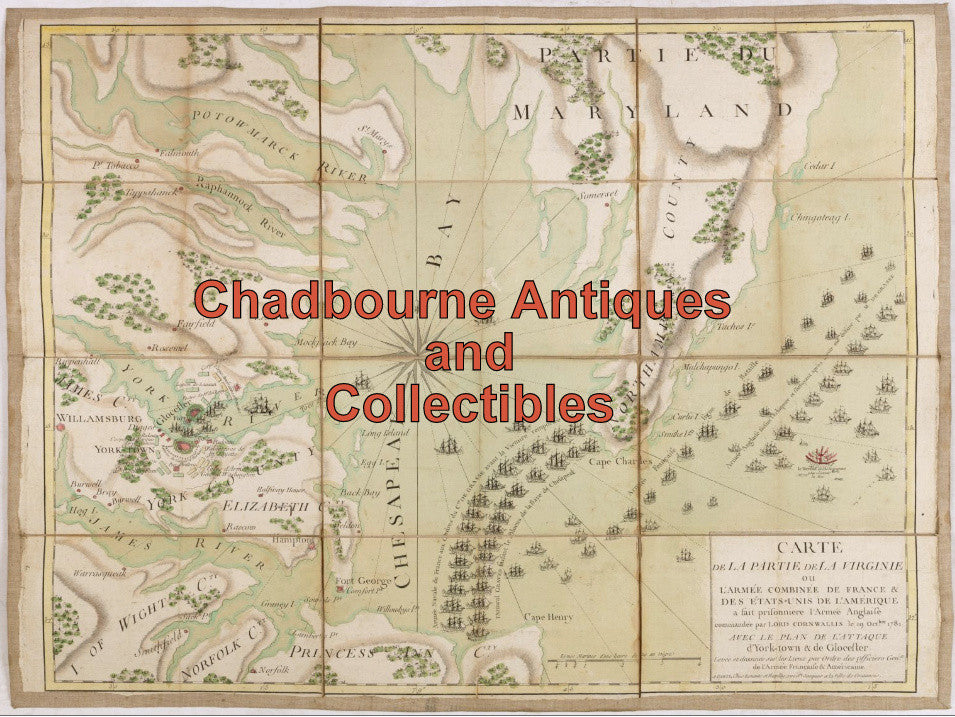$50.00 CAD
– Sold Out| /
Nice early photo postcard with view looking across railway tracks at the Townsite Mine, one of the mines opened during the famous Cobalt Silver Rush in Northern Ontario.
One building has large ‘TOWNSITE’ on its roof. This is the mine where a famous 2,614 pound silver nugget was found.
Written on negative ‘Townsite Mine Cobalt’.
Small note on back “Cobalt Aug 9/11"
Postmarked 'NEW LISKEARD ONT. AUG 9 11’ on 1 cent King Edward VII stamp, mailed to Ottawa.
(Red text is an electronic watermark that is not physically part of the photo for sale)
This property was originally owned by the Temiskaming & Northern Ontario Railway. In 1906 it was leased to the Cobalt Townsite Mining Company. Their Chief Engineer, W. S. Mitchell, designed this building as a 'rockhouse', a shaft house which included crushing and sorting facilities. This type of structure was common to the tin mining area of Cornwall, England and the copper mines of northern Michigan. Several structures of this type were once landmarks in the Cobalt area.
In 1914 this property was acquired by the Mining Corporation of Canada Limited. By 1922 it had produced 13,000,000 ounces of silver, including the famous 2,614 pound 'nugget' pictured here.
At the front of this headframe facing the road, the ground has subsided to form a large hole. This hole leads to the underground workings and once extended back across the highway. It required extensive repairs during the 1990s. The subsidence was caused by miners removing silver-bearing ore too close to the surface.
https://heritagesilvertrail.ca/10-01-Townsite.html
The Cobalt silver rush started in 1903 when huge veins of silver were discovered by workers on the Temiskaming and Northern Ontario Railway (T&NO) near the Mile 103 post. By 1905 a full-scale silver rush was underway, and the town of Cobalt, Ontario sprang up to serve as its hub. By 1908 Cobalt produced 9% of the world's silver, and in 1911 produced 31,507,791 ounces of silver. However, the good ore ran out fairly rapidly, and most of the mines were closed by the 1930s. There were several small revivals over the years, notably in World War II and again in the 1950s, but both petered out and today there is no active mining in the area. In total, the Cobalt area mines produced 460 million ounces of silver.
The Cobalt Rush was instrumental in opening northern Ontario for mineral exploration. Prospectors fanned out from Cobalt, and soon caused the nearby Porcupine Gold Rush in 1909, and the Kirkland Lake Gold Rush of 1912. Much of the settlement in northern Ontario outside the Clay Belt owes its existence indirectly to the Cobalt Rush.
WIKIPEDIA
